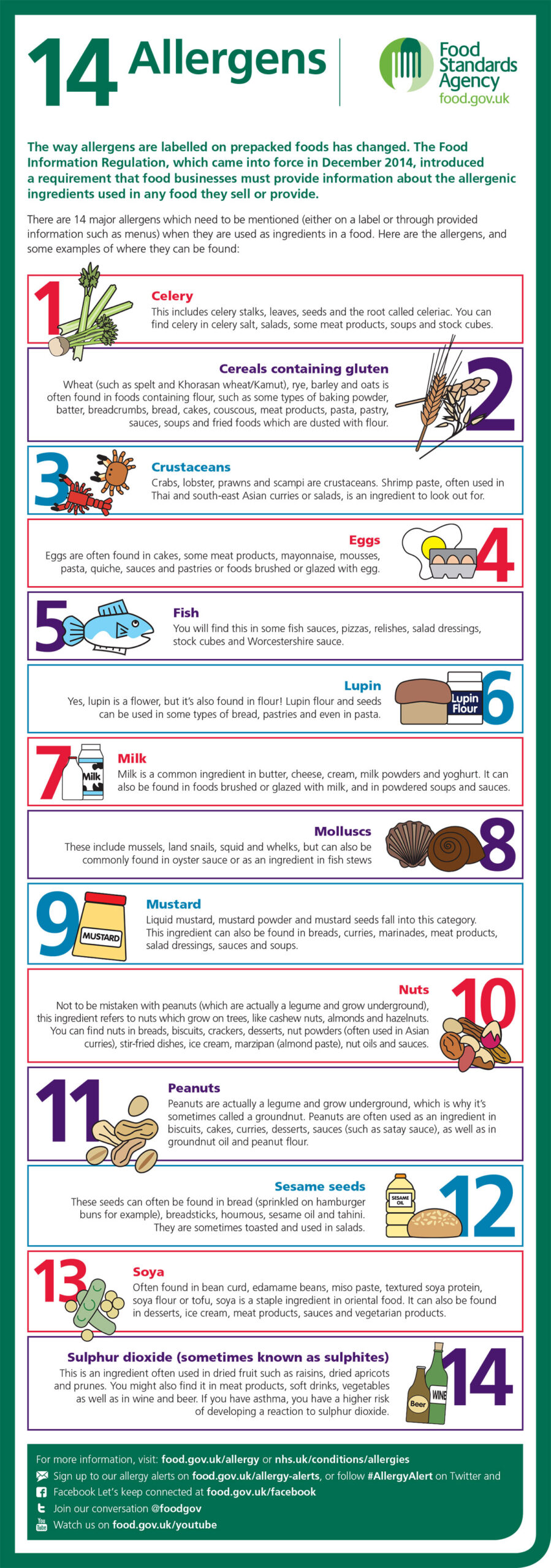Your team supporting you
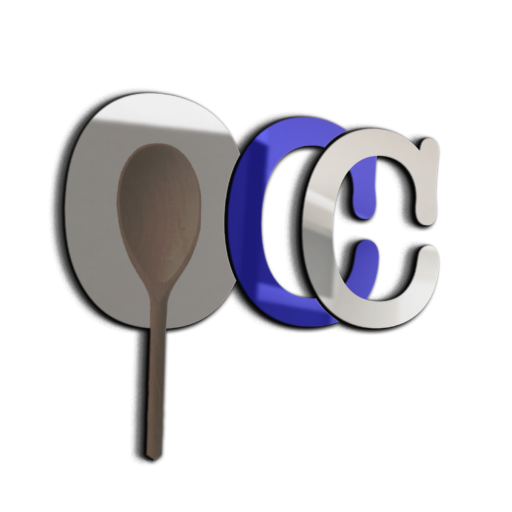
Ruth – Operations Director
Temporary Front of House and Events
Mobile: 07515171409
Email: Ruth@operationalchefconsultant.com

Luis – Company Chef
Temporary Back of House and Events.
Mobile: 07515171409
Email: Luis@operationalchefconsultant.com

Angela - Company Consultant
Permanent Positions
Mobile: 07515171409
Email: Angela@operationalchefconsultant.com
Operational Chef Consultant Ltd
25 Claremont Avenue
Sunbury-on-Thames Middlesex TW16 5LX
EXPECTATIONS
The importance of creating the right impression
Please read through this registration pack and keep it safe for future reference.
At Operational Chef Consultant, we take great pride in our business, and as our representatives we ask that you do the same.
Please familiarise yourself with the KEY points in this pack and do your best to commit to following these rules, breaking them could result in the termination of your contract with us.
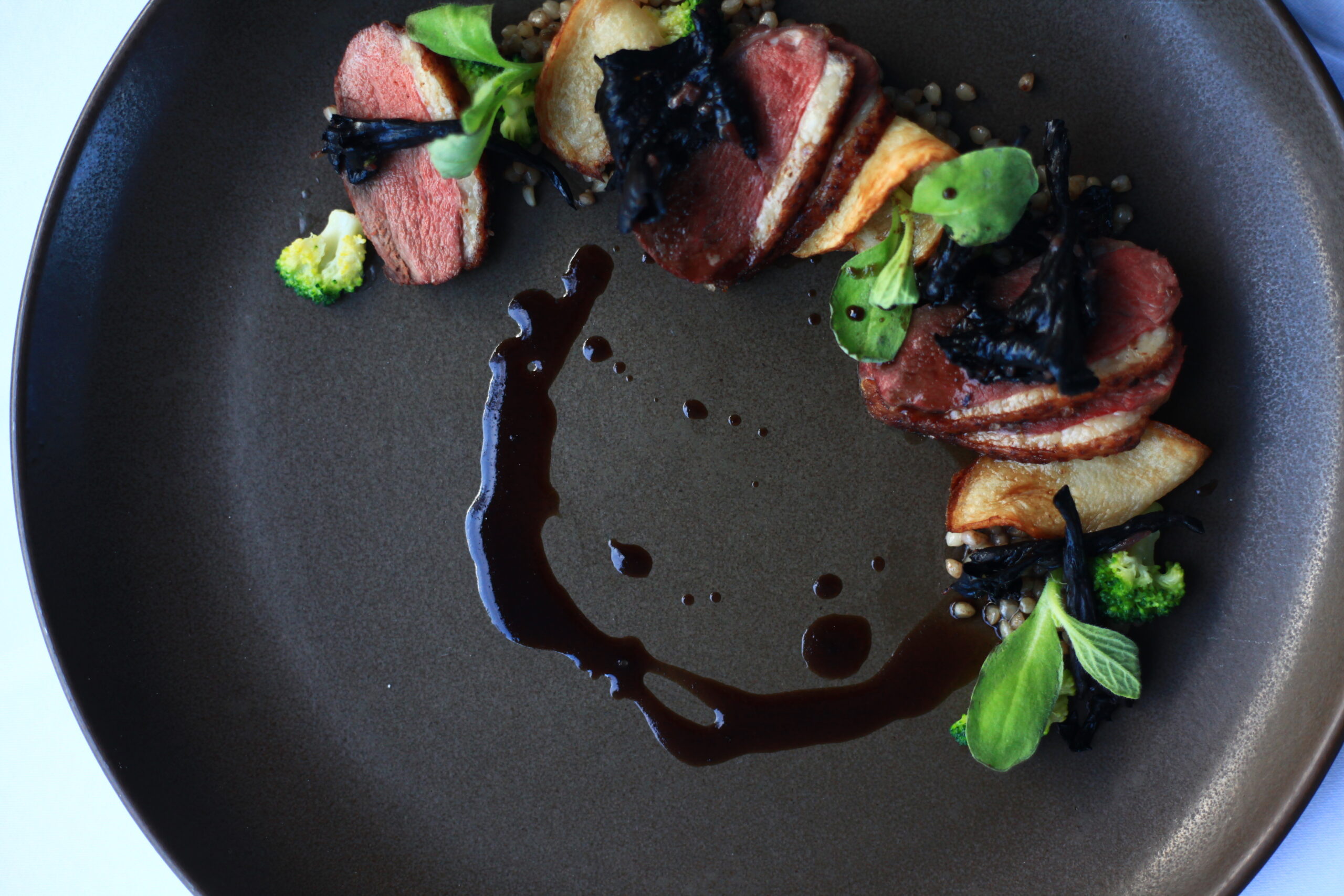
Our expectations when you are working with
Operational Chef Consultant
Preparing for a shift
In order to be a successful member of the team at any event, you need to look the part and know what you are doing. Here at Operational Chef Consultant, we will always endeavor to give you all of the information concerning the event beforehand. It is your responsibility to make sure that
you read through all of the information provided, that you arrive on time, dressed as per the required dress code. Should you have any questions about the event contact the consultant as soon as possible.
Arrive on time, dress the part, work professionally and enjoy it!
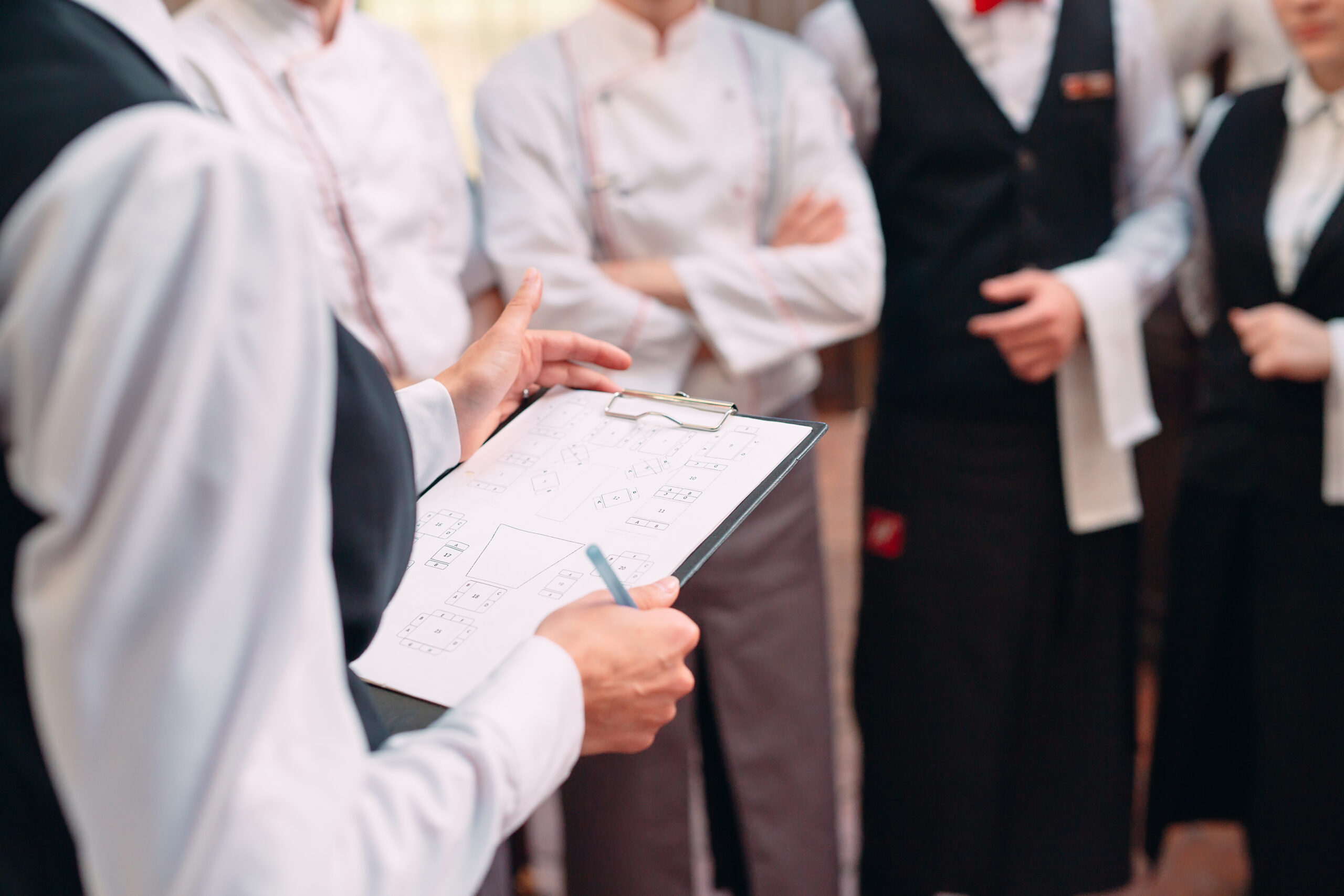
Take pride in working for a leading Recruitment Company
We specialise in supplying staffing solutions to the hospitality, events and catering industry. It is imperative that as a member of the team you uphold our client’s health and safety regulations.
It is important to follow all EU laws regarding food preparation and distribution. Please read through this registration pack and keep it safe for future reference.
How we Get in touch with you

Confirmation Emails
You will always receive a confirmation email from us informing you of all the details of your shift. It will always outline the following:
- Day and date of your shift
- Start and finish time
- The client name, where you will be working and the manager you will be reporting to
- What uniform is required, the pay rate and what type of service they require of you
- Where we will be meeting if there is to be a check in before the shift
If you are unsure of anything at all, please make sure you call, text or email us with your question and we will be more than happy to assist.
Below is an example of the confirmation email you can expect to receive from us with details of your shifts. We usually send this to you on a Friday afternoon, however we do get last minute shifts depending on client needs, so you may receive an updated email during the week.
Dear Team Member
03 February XXXX
0700 - 1600 at XXX
04 February XXXX
1000 - 2000 at XXX
The uniform is black suit trousers with black socks and polished black leather shoes, with a full length sleeved black shirt that has a top button.
The pay is £XX.XX per hour. The venue appreciates staff with outgoing, friendly personalities who maintain a professional appearance.
Address: XXX Tel: XXX
Nearest tube station: XXX
Report to: XXXX
FRONT OF
HOUSE
Focused and looking my best
What to Take Along
When on site at a function, it is advisable to only take minimal possessions with you. You should not take large amounts of money. If you take your phone with you, it is to be on silent at all times and not with you on your shift. It is imperative that for all shifts, you take a waiter’s friend style bottle opener and a pen to make any notes.
Please be aware that there will be random security checks provided by our clients. Proof of ID Badges will be required. Clients may check bags and belongings on a regular basis.
Dress Code Rules
Dress codes must always be followed and will be emailed to you with your shift confirmation. Make sure that you READ your emails carefully and properly. You need to be 100% sure you have the correct uniform, as you are often the customers’ first impression.
If you do not arrive for the shift in the correct uniform, you could be sent home.
Pride in my appearance is what makes me
Hygiene checklist
Hygiene standards must be followed, to ensure an impeccable appearance. In addition to the above points, it is important to have good all round hygiene too. This means that you should shower regularly and brush teeth etc.
If you smoke before or during shifts, you should make sure that you do not smell of smoke. You should always use breath mints to make sure that customers cannot tell you
have been smoking. You are the guest’s first impression of a venue. We truly believe in providing outstanding staff to be an extension of a company’s brand and we will only work with staff that uphold our values.
For the Ladies...
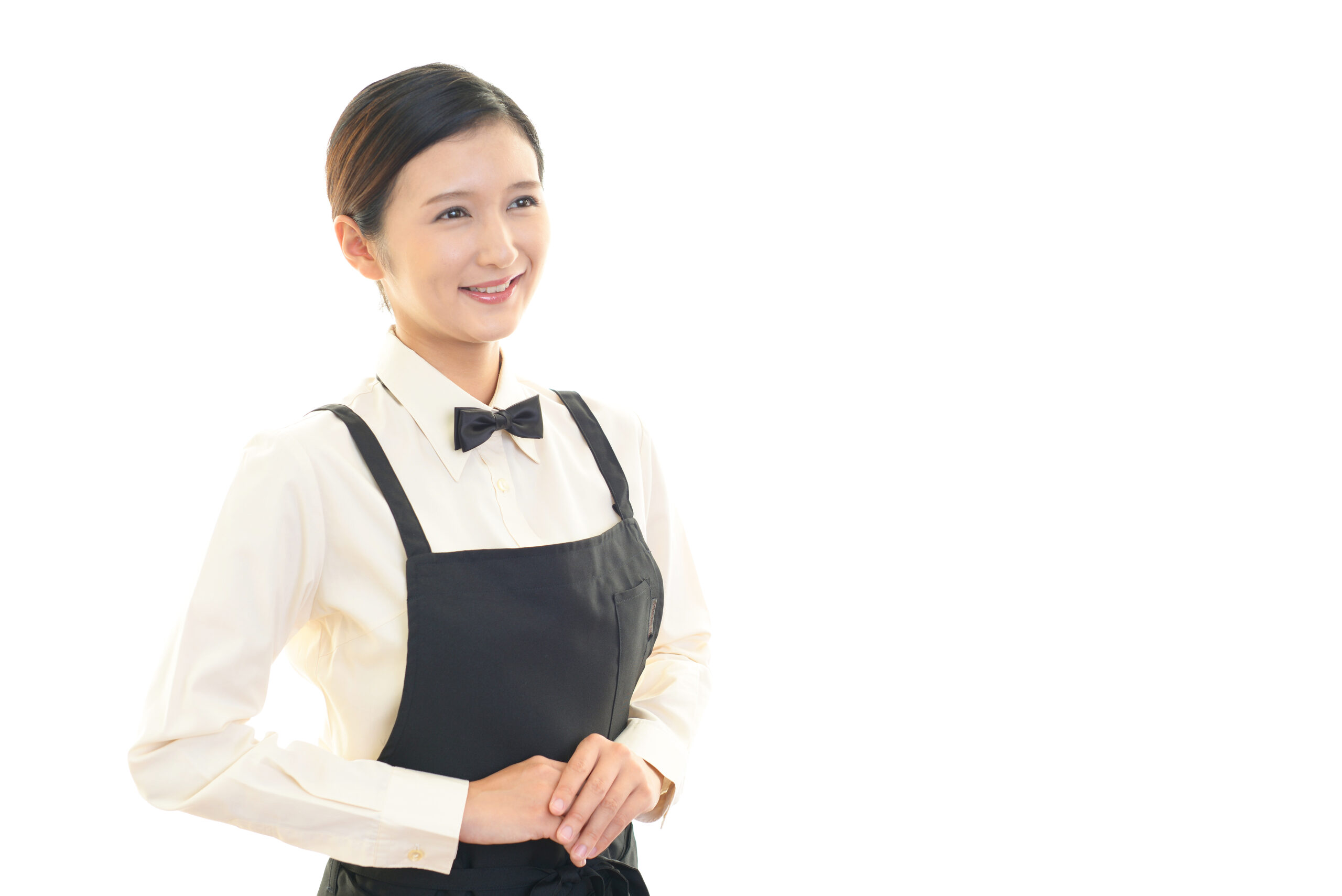
- Your hair should be tied back in a bun, neatly off your face. It needs to be one natural color.
- Make-up should be minimal and natural looking.
- No nail polish, false nails or false eyelashes
- Jewellery is not to be worn except for a wedding band, no earrings.
- Shirts (black or white) should always have full length sleeves and with a top button. ï Make sure you know the difference between a bowtie and a long tie.
- Waistcoats need to be plain black with black buttons.
- Trousers are to be smart; black suit trousers. Fashion trousers and denim are NOT acceptable. If you need to wear a skirt, it needs to be a black knee length pencil skirt.
- If tights are to be worn, they are always to be 40 deniers, unless stated otherwise.
- Socks are always to be black, no trainer socks.
- Shoes are to be black leather and polished. They have to be smart and not lace-up or trainer style. If you need to wear court shoes, please make sure they are black.
- Jewellery is not to be worn except for a wedding band, no earrings.
- Your hair should be neat and appropriately styled.
- You need to be clean shaven at all times when you work, make sure you shave the day of your shift as facial hair is NOT accepted.
- Shirts (black or white) should always have full length sleeves and with a top button. They should always be clean and ironed.
- Socks are always to be black, no trainer socks.
- Make sure you know the difference between a bowtie and a long tie
- Waistcoats need to be plain black with black buttons.
For the Males...

FRONT OF
HOUSE
Instructions from your shift manager gives valuable knowledge
Briefing
Before every shift, it is more than likely that you will participate in a briefing session. This session will highlight all the various elements of the evening. It will also be the perfect time to ask any questions that you have. Make sure you know:

- How to explain where the guest cloakrooms are
- Where are the guest toilets located? (Both female and male)
- What is the starter, main course and dessert and what type of wines are being served?
- Are there are any guests with special dietary requirements?
- How does tea and coffee service work?
- Who is the client, what type of set up and service are you going to be doing, will it be meeting room, hospitality or fine dining set up?
- Find out about the staffing structure there. Who the managers, assistant managers, supervisors and team leaders are, that you need to be reporting to?
- Make sure you know all the details about the event, what time the service is and what time you’re serving starters, mains and desert/if there are any additional courses/ are there any speeches?
- Ask where the bins are and which bins are used for food/bottles/glasses.
You should always be smart, confident and energetic when working a shift. Ask any questions that you have to the relevant manager.
Be dynamic, friendly and hard working. Remember that the guest is the reason that you are there.
Duty of care
Customer service
The customer is the reason that you are there - We are there for them; they are not there for us. They do not depend on us; we depend on them. Customers pay our wages and therefore we should always aim to please them and even try to exceed their expectations.
The Customer
In Events, the normal style of service is expected to be a friendly, engaging and fast on your feet. Customer service is defined as “satisfying the needs and expectations of your guests”.
You will have direct contact with the customer and therefore you will need to represent and uphold the standards of the host organization. Together with your team, the aim is to be an extension of the organizations brand and to work together to achieve the best customer service by exceeding their expectations..
Effective Communication
Effective Communication does not mean only speaking clearly but also your body language. The rules of good communication is that you need to acknowledge your customers when they are 10 feet away with a smile and eye contact, when they are 5 feet away you need to verbally greet them with a hello.
How much do you think each of the following factors contributes to how a message is interpreted? ï
- Verbal indicators - %
- Nonverbal factors (body language) - %
- Tone of voice - %
When working at any establishment, it is necessary to ensure that all communication is effective. This means that everything is clear and problems (often highly costly ones) are avoided.
Communication is always a two-way process so you need to make sure that the information has been received correctly. To do so, always:
- Smile
- Be concise and to the point
- Avoid using jargon that customers may not understand
- Watch the speed of your voice, especially if the other party is not a native speaker
There are two types of questions that can help you gather information correctly.
OPEN questions are those that start with: Who, What, Where, Why, When and How? They allow the customer to elaborate and tell you as much or as little as they would like. These questions can be posed to help you find out more detail.
CLOSED questionsare questions such as ‘still or sparkling water’ where there is a choice of simple answers. These questions can be used to clarify an order or a problem.
- Be aware of the tone of your voice so as not to draw attention to issues or to embarrass or scare customers
- Listen actively by nodding and maintaining eye contact
- Observe and gauge their reactions to what you are saying
- Ask questions to help find out as much as possible
- Summaries to be sure
FRONT OF
HOUSE
Customer Experience is important
Customer Interaction
Small talk is defined as ‘light informal conversation for social occasions’ and is a perfect tool to employ when working in hospitality. Customer’s interaction shows interest which will help the customer relax. It is also an easy way to show we care. Small talk is suitable at pretty much all times with customers, unless they are already engaged in a conversation or eating. What might you talk to customers about in these situations?
- Offering canapés
- Clearing starters
- Offering wine
Professional language at work
Always be polite and use please and thank you, Sir and Madame (or if you know the person’s name) wherever possible. You will accomplish more and will undoubtedly be able to build better working relationships with client, managers, coworkers and colleagues if you treat them respectfully and show appreciation by using courtesy words
Whilst working in Events, feel free to engage and talk to your customers but don’t get distracted from your duties and responsibilities. Under no circumstance are you to use profanity; swearing is never acceptable in the workplace.
On the other hand, customers do not want to be bothered by staff. If you see an empty wine glass (even half empty), you do not need to ask to fill it up. If you approach to top the wine up, the customer will tell you if they do not want any. Similarly, when a clearing a table, you can remove the plates without interrupting conversations.
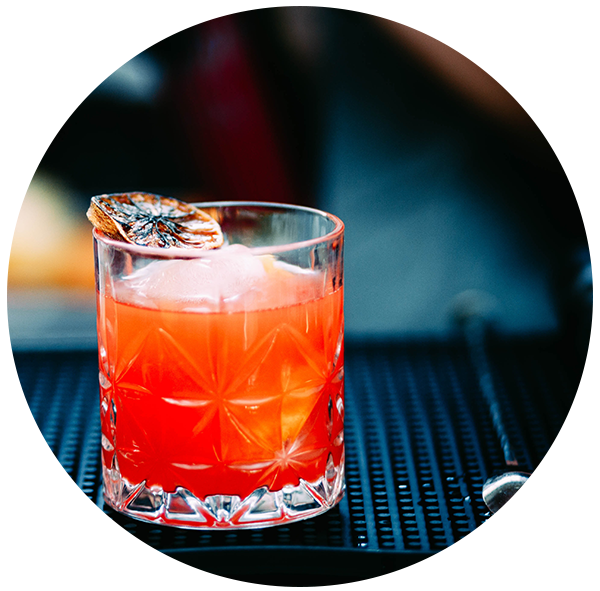
Body Language
When working, customers can read your body language as easily as you can read theirs. For this reason, it is important to always carry yourself correctly, walk upright and do not lean and avoid having your hands in your pockets or arms folded. One of the best ways to ensure good body language is to maintain eye contact with customers when talking to them. This shows them that you are listening to them and are paying attention.
Customer Behaviour
It is often easy to tell what a customer needs or wants from the way they are behaving by reading their body language! It is important to realize your job is to look after the customers and that if they are unhappy, they are unlikely to return and moreover, they will tell their friends and family not to visit.
What would the following scenarios imply?
Looking at their watch
Holding an empty glass
Looking at the kitchen door
Trying to catch someone’s eye
Dealing with unexpected situations or problems
You may possibly experience unexpected situations or problems when at work. If a customer approaches you with a concern or issue, always listen closely to what they are saying.
It is important to gauge the severity of the problem. Should it be a minor issue such as a dirty fork then it is appropriate to apologize and rectify the solution by yourself.
If this is not the case as the problem is more serious, always reassure or apologize to the customer and explain that you will seek the manager who will come and speak to them. This paves the way for a good resolution. Immediately fetch the manager and effectively communicate the problem detailing the customer involved. Allowing the manager to deal with the situation is the best protocol, as your manager will be fully trained in what the best practice is in such a situation.
BACK OF
HOSUE
Looking good! What does amazing look like?
Appearance
- All Back of House staff must wear kitchen safety shoes when on shift. They NEED to be closed at the heel shoes. No open backed shoes due to our client health and safety requirements
- Chef whites are to be provided by candidates and all uniform is the be clean and ironed at all times
- (white jacket, black or check trousers, black skullcap hat, blue and white striped apron & your own knife set) -Jewellery is not to be worn (wedding bands are permitted)
- Facial hair may not be accepted by some clients due to customer facing roles but this will be discussed when you’re booked.
- Chefs must always wear their hat in the kitchens. Long hair may need to be in a hair net. All Chefs are expected to take their own knives (unless specified)
Timesheets
Timesheets are to be completed by the candidate, signed by a manager, and returned to the operational chef consultant Office (either via scan/photograph via email or in person) and MUST be returned before 10:00 the following Monday. Please see the next page for how to complete your timesheet correctly.
Getting to work
Plan your journey. Please ensure you plan your journey to work in advance in order to find the best route and locate the nearest station. Problems with transport or getting lost will not be accepted as valid excuses for being late. For any help please visit: tfl.gov.uk or call your consultant for travel advice.
When on shift
- Mobile phones if you need to check mobile phone messages, you must only do so on your breaks. If you need to make an urgent phone call, you must ask permission from the head chef
- Following Instructions If you are sent on a job, you are there to represent operational chef consultant. If you fail to represent the agency in a professional manner this could affect your chances of being sent to work at other sites and also your future employment with us.
- You are expected to follow all instructions given to you by the client without argument or confrontation. If you have any issues, you must call us either at the office 03455120178 or your consultant on the relevant mobile numbers (see below).
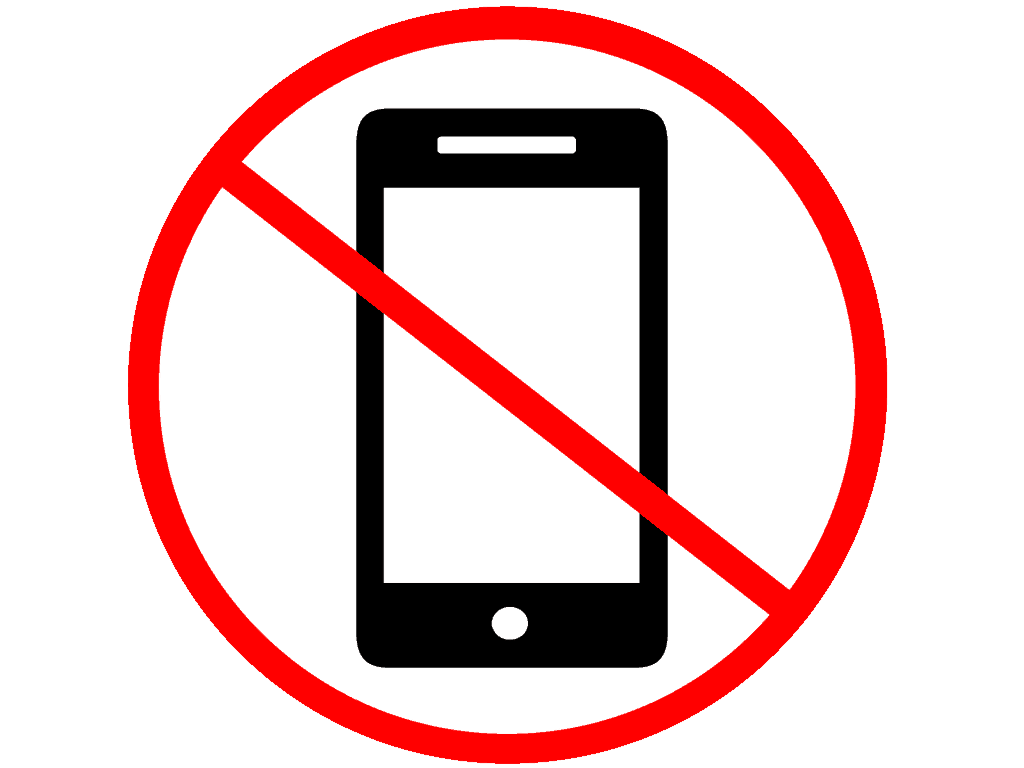

Ruth – Operations Director
Temporary Front of House and Events
Mobile: 07515171409
Email: Ruth@operationalchefconsultant.com

Luis – Company Chef
Temporary Back of House and Events.
Mobile: 07515171409
Email: Luis@operationalchefconsultant.com
Cancellations
You must give a minimum of 12 hours’ notice of cancellation
- If for any reason you are unable to attend a shift you have been booked in for, you must call your consultant at least 6 hours in advance. Please do not email or text as these can easily be missed.
- Any chef who does not give us at least 12 hours’ notice that they cannot work, will have all bookings cancelled until further notice.
- If you are running late it is essential to call your consultant and let them know. If we are aware of this, we can talk to the client and let them know you are on your way.
BACK OF
HOSUE
Recording your daily work
Timesheets NEED to be clear!
If the photo is blurry or unreadable then it will not be accepted as passable evidence for confirmation of your hours
NO SIGNED timesheet no pay!
TIMESHEET
Temporary Worker Name:
Company Name:
Week/Ending:
Company Address:
Note to temporary worker: Please complete this timesheet, deducting time not worked for all breaks.
The Client company representative should sign the timesheet at the end of each shift.
This should be delivered to Operational Chef Consultant by 10am on Monday.
Note to Client: please check and confirm the hours worked. By signing this document you are confirming that you are authorised to sign and confirm the hours on this timesheet and that you acknowledge and agree to Operational Chef Consultant terms of business.
| Start Time | Finish Time | Less Breaks | Total Hours | Client signature:Please print name:Position:Date: |
||||
|---|---|---|---|---|---|---|---|---|
| Monday | ||||||||
| Tuesday | ||||||||
| Wednesday | ||||||||
| Thursday | ||||||||
| Friday | ||||||||
| Saturday | ||||||||
| Sunday | ||||||||
| Total hours: | ||||||||
Return to temp@operationalchefconsultant.com
Please send to your consultant every Monday morning once been signed by the line manager. Failure to do this may result in a delay on your paymentTEMP/PERM CHEFS - PRIVATE EVENTS - BUSINESS CONSULTANCY
Professional Happy to be working with an equal opportunities employer
Looking for a permanent position?
Talk to the team or search for jobs on our website
information
Be Safe and Secure
Training Information
1. Preventing slips, trips & falls:
- Cleaning in public areas to be done when quiet / less busy. The public areas on Ground floor should only be cleaned after the bar has closed and events completed.
- Use yellow warning signs on both sides when cleaning floors, including when using vacuum cleaners. Make sure signs are visible from all directions.
- Do not use cables for vacuum cleaners over long distances. Plug in at closest sockets
- Warn guests and members of public also verbally of wet floors and trailing cables.
- Remove warning signs when floor is dry and cleaning activities completed.
- Use correct amount of water and chemicals to avoid very slippery floors.
- Don’t leave buckets, mops, brooms, vacuum cleaners in areas where people can trip over it.
- If you see a spillage, wet floor, trailing cable or other slipping or tripping hazard without signage, immediately use a yellow warning sign to warn others. If no signs in area, stay there to warn others and ask a colleague to bring a sign.
- Make sure spillages are cleaned up regardless of who caused the spillage.
- Do not leave items on floor if it can be removed
- Items that cannot be removed should be marked clearly with hazard (black & yellow) tape.
- Report any items that can cause an accident to your supervisor or security department.
- Report all defects of flooring / poor lighting to your supervisor (holes, torn carpets, broken lights)
- Use warning signs to warn other people
- Be aware of and follow warning signs and markings – Look out for signage
- Be vigilant and look out for safety of yourself, colleagues, guests and visitors.
- All contractor staff must wear NON-SLIP SAFETY shoes.
- Staff is NOT allowed to remove any food or drink from the staff canteen
- All food and drinks must be consumed INSIDE the canteen.
2. Use of Equipment (including electrical):
- Do not use any equipment before you have received formal training
- Do not use any equipment that is broken or has a broken part (e.g. trolleys with broken/missing wheels, vacuum cleaners with lose or missing covers)
- All electrical equipment must be PAT tested and have a valid “pass” sticker. DO NOT use any electrical equipment without a valid sticker.
- Check electrical equipment every time before use. DO NOT use of there is any sign of damage on the cable, plug or other part of the equipment, or if any part of a wire is exposed or any signs of overheating, e.g. hot areas, black spots, smoke or smell of burning.
3. Working at heights
- DO NOT try to get access to high areas by standing on chairs, tables, boxes or equipment.
- The only way to get access to higher areas is to use a certified safe ladder or steps.
- You must be formally trained to use a ladder or steps.
- You must use your own company ladders that have been certified as safe. Hotel ladders are not available for use by contractor staff.
- Check the ladder and steps every time before use.
4. Manual Handling
Manual handling causes over a third of all workplace injuries. These include work-related musculoskeletal disorders (MSDs) such as pain and injuries to arms, legs and joints, and repetitive strain injuries of various sorts. All staff must receive manual handling training before lifting or moving any item.
- Be aware of following before trying to lift or carry items:
- Weight – not more than 20 kg for men, or 15 kg for woman
- size
- good grip
- distance
- route
- keep close to body
- to get colleague to assist if necessary
- Be careful NOT to damage fire alarm break glass units and other hotel equipment when pushing trolleys or carrying equipment or items.
For any lifting activity Always take into account:
- individual capability
- the nature of the load
- environmental conditions
- training
- work organisation
If you need to lift something manually
- Reduce the amount of twisting, stooping and reaching
- Avoid lifting from floor level or above shoulder height, especially heavy loads Adjust storage areas to minimise the need to carry out such movements
- Consider how you can minimise carrying distances
- Assess the weight to be carried and whether the worker can move the load safely or needs any help – maybe the load can be broken down to smaller, lighter components
If you need to use lifting equipment
- Consider whether you can use a lifting aid, such as a forklift truck, electric or hand-powered hoist, trolley or a conveyor
- Think about storage as part of the delivery process – maybe heavy items could be delivered directly, or closer, to the storage area
- Reduce carrying distances where possible
- When using equipment:
- ensure it is not defective
- always push and do not pull o do NOT overload
- must always able to see where you are going o get colleague to assist if necessary.
information
Lift the right way!
Good Handling Technique for Lifting
- Think before lifting/handling - Plan the lift. Where is the load going to be placed? Will help be needed? Remove obstacles.
- Adopt a stable position - The feet should be apart with one leg slightly forward to maintain balance. Be prepared to move your feet during the lift to maintain stability.
- Get a good hold - Where possible the load should be hugged as close as possible to the body
- Start in a good position - At the start of the lift, slight bending of the back, hips and knees is preferable to fully flexing the back (stooping) or fully flexing the hips and knees (Squatting).
- Don’t flex the back any further when lifting - This can happen if the legs begin to straighten before starting to raise the load
- Avoid twisting the back or leaning sideways - Shoulders should be kept level with and facing the same direction as the hips. Turning by moving the feet is better than twisting and lifting at the same time.
- Keep the head up when handling - Look ahead, not down at the load, once it has been held securely
- Move smoothly - The load should not be jerked or snatched as this can make it harder to keep control and can increase the risk of injury.
- Don’t lift or handle more than can easily be managed
- Put down, then adjust - If precise positioning of the load is necessary, put it down first, then slide it into the desired position.
Below is an illustration of recommended lifting weights, at various heights, for both males and females.

Use of Chemicals – COSHH & PPE
COSHH regulations establish the way in which all potentially harmful substances are handled at work to ensure that exposure to all substances hazardous to health and safety are adequately controlled by measures appropriate to the risks themselves.
Always use safe working practices:
- All staff must receive COSHH training before being allowed to use any chemical.
- All chemicals must be kept in original containers with labels. Chemicals MUST NOT be decanted into other non-labelled containers.
- Chemicals must NEVER be mixed with any other substance – IT CAN KILL
- Chemical containers must be closed when not in use
- Chemicals must be stored in locked storage when not in use and be kept away from food.
- Chemicals must NEVER be left unattended in public areas or where any other person can access it.
- Be aware of the first aid required if you spill chemicals on yourself or others.
- Report any faulty equipment, spillages or damaged containers to a supervisor.
CHIP (Chemicals Hazard Information & Packaging) regulations specify labelling terms used to classify chemicals. These terms tell you what the potential harm is.
 Irritant – prolonged or repeated contact can lead to reddening of the skin.
Irritant – prolonged or repeated contact can lead to reddening of the skin.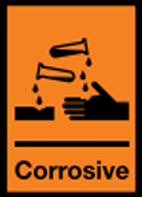 Corrosive – immediate contact corrodes skin or eyes
Corrosive – immediate contact corrodes skin or eyes Harmful – inhalation of fumes / dust or ingestion of substances can be harmful to health
Harmful – inhalation of fumes / dust or ingestion of substances can be harmful to health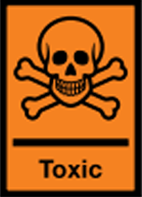 Toxic – inhalation of fumes / dust or ingestion of even small quantities can lead to serious illness or death
Toxic – inhalation of fumes / dust or ingestion of even small quantities can lead to serious illness or deathPersonal Protective Equipment (PPE)
PPE is equipment that will protect the user against health or safety risks at work. It can include items such as hard hats, rubber gloves, eye protection, high-visibility clothing, safety shoes and safety harnesses.
It is very important that you use all the correct PPE provided for you. For example
- If you are using chemicals which may irritate your skin, you must use rubber gloves, and wear goggles.
- If you are handing hot items, such as trays coming out of the oven, you must wear oven gloves.
- If you are working in a kitchen you must wear non slip, steel toe capped safety shoes.
If you are ever in doubt as to whether or not you are safe, you must consult your supervisor as to whether more PPE is required.
information
Prevention and safety
Preventing Cuts
- Use correct procedure to polish glasses.
- Don’t pick up broken glass with hands. Use brush & scoop.
- Don’t try to catch falling knives or sharp objects
- Concentrate when cutting vegetables or fruit. Use correct knives
- Don’t use knives or scissors to open boxes etc.
- Don’t put knives in the sink with water
- Be careful when cleaning – sharp edges of equipment
- Be careful when dealing with rubbish - Use gloves
- No glass in food preparation areas (kitchens)
Preventing Burns
- Use correct procedure to clean coffee machines – must be trained
- Use gloves when dealing with hot plates
- Be aware of hot surfaces & equipment
- DO NOT use plastic cups in the canteen for hot drinks
- Be careful when serving hot liquids
- Use correct procedure when changing/disposing cooking oil – must be cooled down
- ensure equipment are switched off and cooled down before cleaning
Struck by Objects
- Report broken equipment or furniture – DO NOT use
- Use signage when working in areas where other people are
- DO NOT work directly behind closed doors – use signage or keep door open for others to see you
- Be careful when carrying equipment or tools
- Do not store equipment or tools in walkways
- Do not leave drawers open
- Use correct procedure for storing items to prevent falling onto people
- Be careful and concentrate when opening and closing doors to prevent trapped fingers
- Do not overload trolleys or cages. Must always be able to see where you going.
Accident Reporting
- Report ALL accidents, even small, to a manager
- All accidents MUST BE REPORTED IMMEDIATELY, and NOT later.
- An accident report must be completed by the hotel first aider for all accidents.
- Staff are NOT allowed to use any stock from a hotel first aid box. First aid boxes are solely for the use of qualified hotel first aiders. Use of stock without authorisation will be considered gross misconduct.
Fire Safety
- Staff MUST NOT touch or damage a red fire alarm break glass unit if there is not a fire emergency.
- Staff MUST not carry out any activity that can cause dust or steam before getting authorisation to do so by the hotel security officers, who must first isolate fire alarm smoke detectors.
- In the event of a REAL fire incident, do the following:
- Activate red fire break glass point
- Evacuate by following nearest green fire exit signs to the assembly point outside
- Stay with your colleagues and report to a fire marshal for roll call.
- Report any missing colleagues to the fire marshals.
- DO not re-enter the building until informed by the fire warden in charge
- False activation of the fire alarm will lead to immediate removal from the premises.
- DO NOT obstruct any fire exits or exit routes or leave any items and equipment on staircases.
- Report obstructed fire exits to hotel security immediately if you are unable to clear it.
Struck by Objects
- Report broken equipment or furniture – DO NOT use
- Use signage when working in areas where other people are
- DO NOT work directly behind closed doors – use signage or keep door open for others to see you
- Be careful when carrying equipment or tools
- Do not store equipment or tools in walkways
- Do not leave drawers open
- Use correct procedure for storing items to prevent falling onto people
- Be careful and concentrate when opening and closing doors to prevent trapped fingers
- Do not overload trolleys or cages. Must always be able to see where you going.
Personal Hygiene
- All staff with the following symptoms must inform Fire before their shift.
- Flu-like symptoms
- Food poisoning symptoms
- Skin conditions
- All staff who has been sick and who recently travelled abroad must complete a hotel employee medical questionnaire.
- Staff are not allowed to enter hotel kitchens and food preparation areas without authorisation
- Staff must comply with hotel grooming standards when working in public areas.
information
Procedures and security
Security
- All staff must enter and leave the premises via the loading bay and staff entrance as stated in your email with the shift brief
- Staff are NOT allowed to enter or leave the building via any other entrance or exit.
- All staff without hotel access passes must sign in and out at security
- Staff may be asked to provide photo proof of identification
- Hotel security reserves the right to deny access to any contractor staff member
- Hotel security reserves the right to conduct staff bag searches on a regular basis
- Staff must hand in all found personal property to the hotel security department immediately when found and is not allowed to keep any found property with them at any length of time.
- Staff is not allowed to remove any personal property or hotel property from the premises, including food items
- Authorised staff must collect and return hotel keys and key cards from hotel security at the start and end of every shift and must sign for it on the key issue log. It is NOT allowed to take any hotel key or key card from the premises.
- Staff who are issued with personal access control cards must keep it with them at all times and should not give it to somebody else to use.
- Staff who signed for hotel keys and key cards must keep it with them at all times while on the premises and should not leave any key unattended or give to somebody else to use.
- All missing or lost hotel keys and key cards or personal access control cards must be reported to security immediately.
- Staff should not leave any unlocked room unattended.
- Staff should not allow access to any non-staff member access to any room or entrance doors, including the main hotel guest entrances after closing time. Any person who request access must be referred to the hotel security.
- Staff must report any suspicious person or item to hotel security immediately. Staff must report any unattended bag or item to security
- Staff must hand any found confidential paper work, including guest names, company names, etc., to hotel security. This should NOT be taken out with rubbish.
- All staff must respect the privacy of all hotel guests and keep all information about guests and events confidential at all times.
Damage to Property
- Staff must report any damage, including accidental, to hotel property or property of guests or colleagues to the hotel security department immediately
Environmental
- All staff must comply with the hotel’s environmental policies which may include:
- Energy saving: Turn off lights and air conditioning in vacant rooms before and after work has been completed.
- Water conservation: Do not waste water, turn off taps and report leaks to the hotel duty engineer
- Recycling: The following items must be separately recycled as per instructions on staff notice board:
- Mixed together: Paper, plastic & tins
- Glass bottles o Cardboard
- Food waste o Batteries
- General waste
- Confidential waste
Food Temperatures and Back to work procedures
- All staff must comply with the Health and Safety policies of every client which may include:
- All food to be cooked to 75°C minimum unless the Head Chef specifies otherwise.
- The preparation of raw and cooked food to be kept separate.
- When reheating foods, ensure it is piping hot (above 63°C).
- Ensure all relevant documentation that you are responsible for is filled out.
- The Food Safety Regulations requires that a food handler suffering from any symptoms or conditions likely to cause food poisoning has a responsibility to report these conditions to their manager before work is commenced. This includes:
- Food poisoning including Staphylococcus infections, Salmonella etc. o Typhoid and Paratyphoid
- Dysentery
- Colds and influenza
- Vomiting and diarrhoea
- Skin infections including infected wounds, boils and sores o Parasitic infections
- Ear or throat infection o Norovirus
- If you have had diarrhoea, vomiting, stomach pain, nausea or fever, you must be free of the symptoms for at least 48 hours.
- If your absence was due to a discharge from the eyes, ears or mouth, this must have stopped before you return to work.
- If your absence was due to a skin infection of the hands, arms or face, this should have fully healed Before you return to work.
